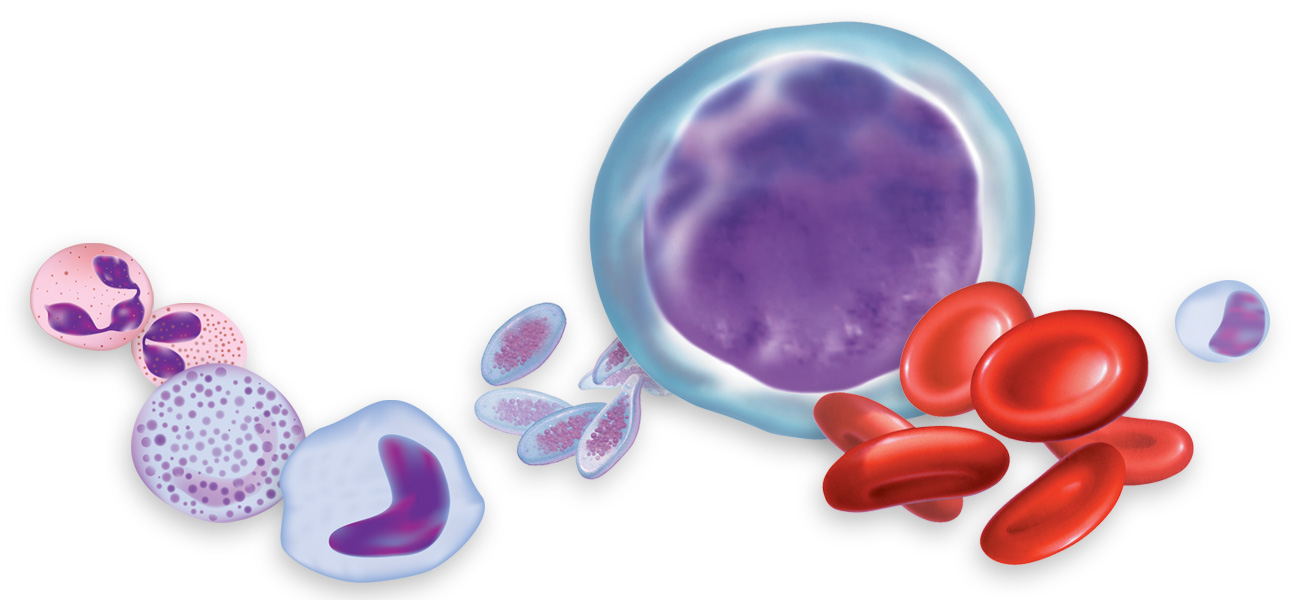The lymphatic system is part of our immune system, which helps protect against disease and infection. Parts of our lymphatic system include:
- Lymph nodes
- Plasma cells
- Lymphatic vessels
- The spleen (the organ just above the stomach's left side that filters our blood)
- Lymphokines (a chemical made from white cells)
- Gastrointestinal (stomach and intestines) lymph areas
- Bone marrow (the spongy center of the bones)
- Immunoglobulins (proteins that help the body fight infection)
The lymphatic system is closely related to the blood cell-forming system. White cells called lymphocytes are found in the lymph nodes (small oval-shaped organs found throughout the body that help trap and kill disease and infection that invade our bodies). Lymphocytes are also found in other parts of the lymphatic system, such as the skin, spleen, tonsils and adenoids, intestinal lining, and thymus (an organ in the chest area that produces lymphocytes until young adulthood).
Lymphocytes move around the body in lymphatic vessels that contain a milky white fluid called lymph. Lymphatic vessels connect lymph nodes throughout our bodies. The lymphatic vessels collect into large ducts, which empty into blood vessels. Lymphocytes enter the blood through these ducts.
There are three main types of lymphocytes:
- B lymphocytes (B cells) make antibodies in response to invading bacteria, viruses or other microbes. B lymphocytes are present in the marrow.
- T lymphocytes (T cells) have several functions, including helping B lymphocytes make antibodies against invading microbes. An antibody works by attaching itself to an invading microbe. The white cell recognizes the antibody and pulls it into the cell with the attached microbe. The white cell can then kill the microbe.
- Natural killer (NK) cells attack virus-infected cells without requiring an antibody or other assistance.
